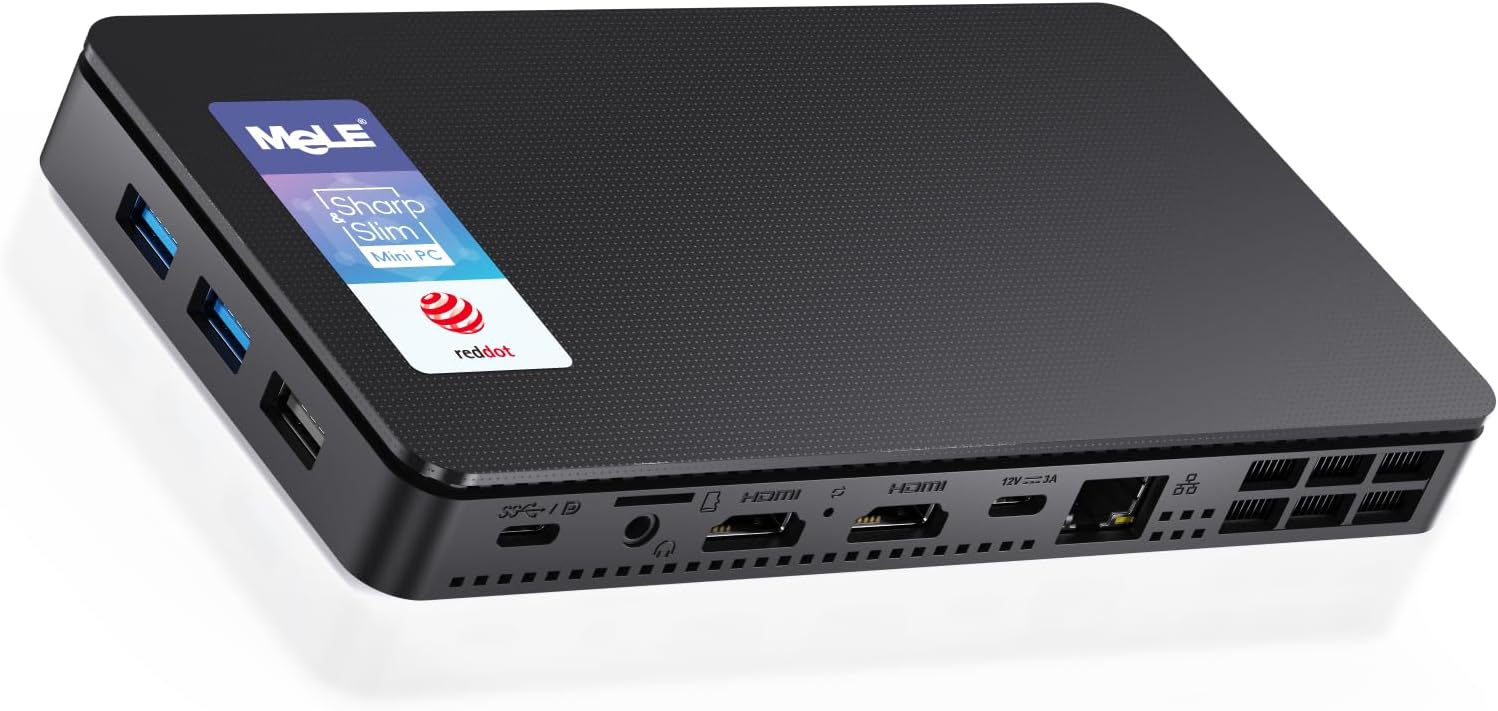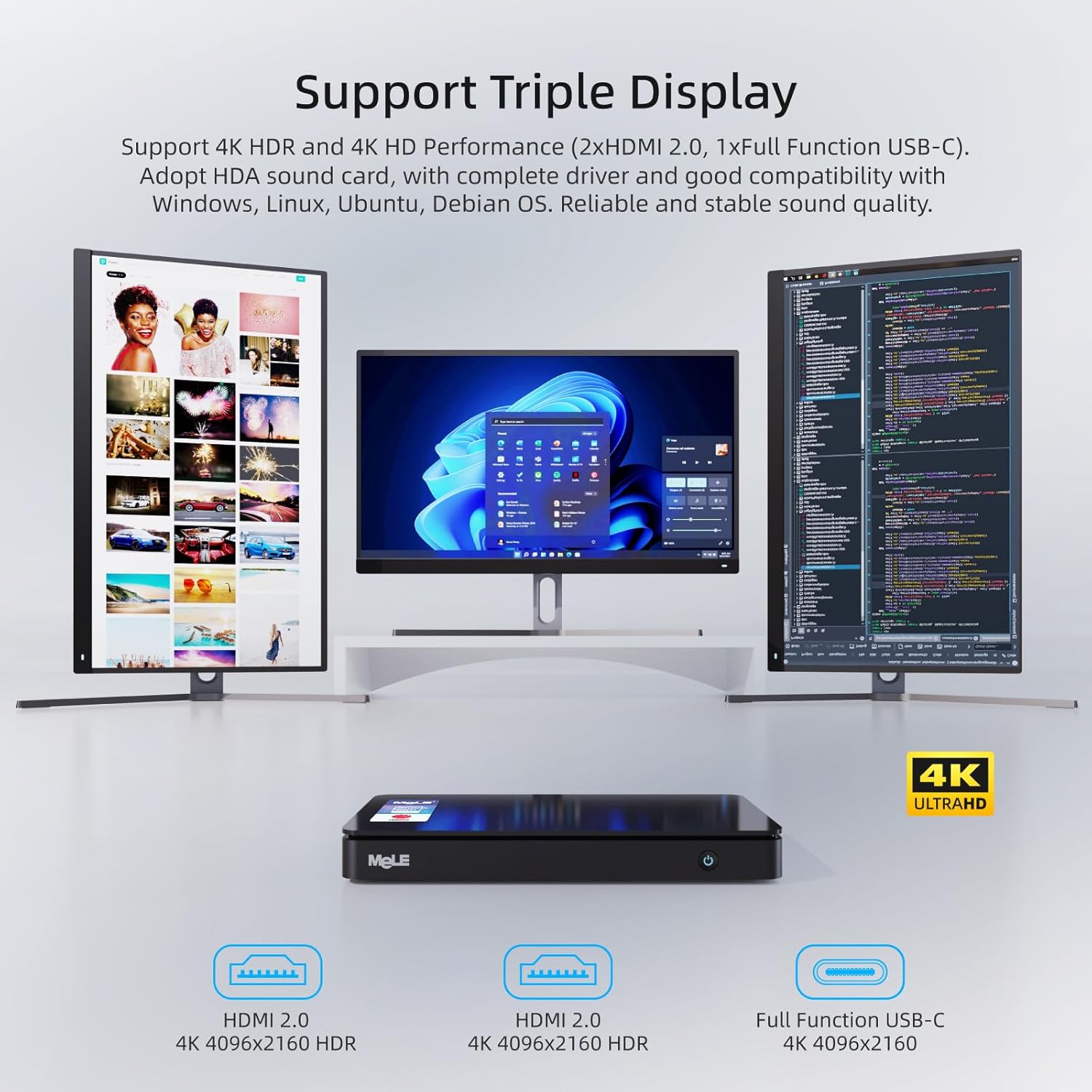I bought the MeLE Quieter3Q (N5105 processor, 8GB RAM and 128 GB eMMC drive) to control my astrophotography gear: telescope mount, 12v power distribution box/USB hub, DSLR camera and guide camera. I installed N.I.N.A., PHD2, Stellarium, Sharp Cap, several ASCOM drivers and an application to control the power distribution box/USB hub.
I also installed helpful application like Google, Notepad++ and 7-Zip, but to keep overall performance high, I kept software installations to a minimum.
And to that end, I did make changes to the stock configuration:
1. I added a 2 TB NVMe drive
2. Then I reinstalled Windows 11 Pro to the NVMe drive
3. Next, I made the NVMe drive the boot device
4. And finally, I formatted the eMMC drive to use as extra storage
After slogging through the required Windows updates, the PC boots very quickly from the NVMe drive and worth the added expense of an NVMe drive. But it would have been nice to buy a unit that had an NVMe pre-installed as the Windows boot drive to save me the time and hassle of doing this work myself.
So far, there have been no issues and all software has worked as expected. I can use RDP or Google Remote Desktop to access the PC remotely over Wi-Fi and control the entire photographic session. This PC is used to control the equipment and software needed to capture images of deep sky objects, but it is not used to process those images into the final product as this requires significantly more CPU and memory horsepower than the Quieter3Q possesses.
These were my critical criteria when selecting a mini-PC: small form factor, light weight, recent CPU generation, good storage options and the ability to be powered from a 12v power source.
Relative to my use case, here are my pros and cons…
Pros:
– Small footprint (important for telescope mounting)
– Light Weight (important for telescope balancing)
– Newer CPU generation
– Expandable storage via an NVMe drive
– 12v power supply requirement
– No moving parts so it’s totally quiet, and more importantly, there are no vibrations transferred to the telescope or cameras
– Can be mounted to the back of a monitor for a clean desktop, or to a telescope mounting plate
Cons:
– No ability to upgrade memory
– Limited storage configurations direct from MeLE, such as a preinstalled NVMe drive
– Gets a little warm since there is no fan, but not a big issue for me
– A little pricey when the cost of an NVMe drive is added, but this is optional
Overall, I am very happy with the MeLE Quieter3Q and for my astrophotography use case, it fits the bill perfectly.












Leave a Reply